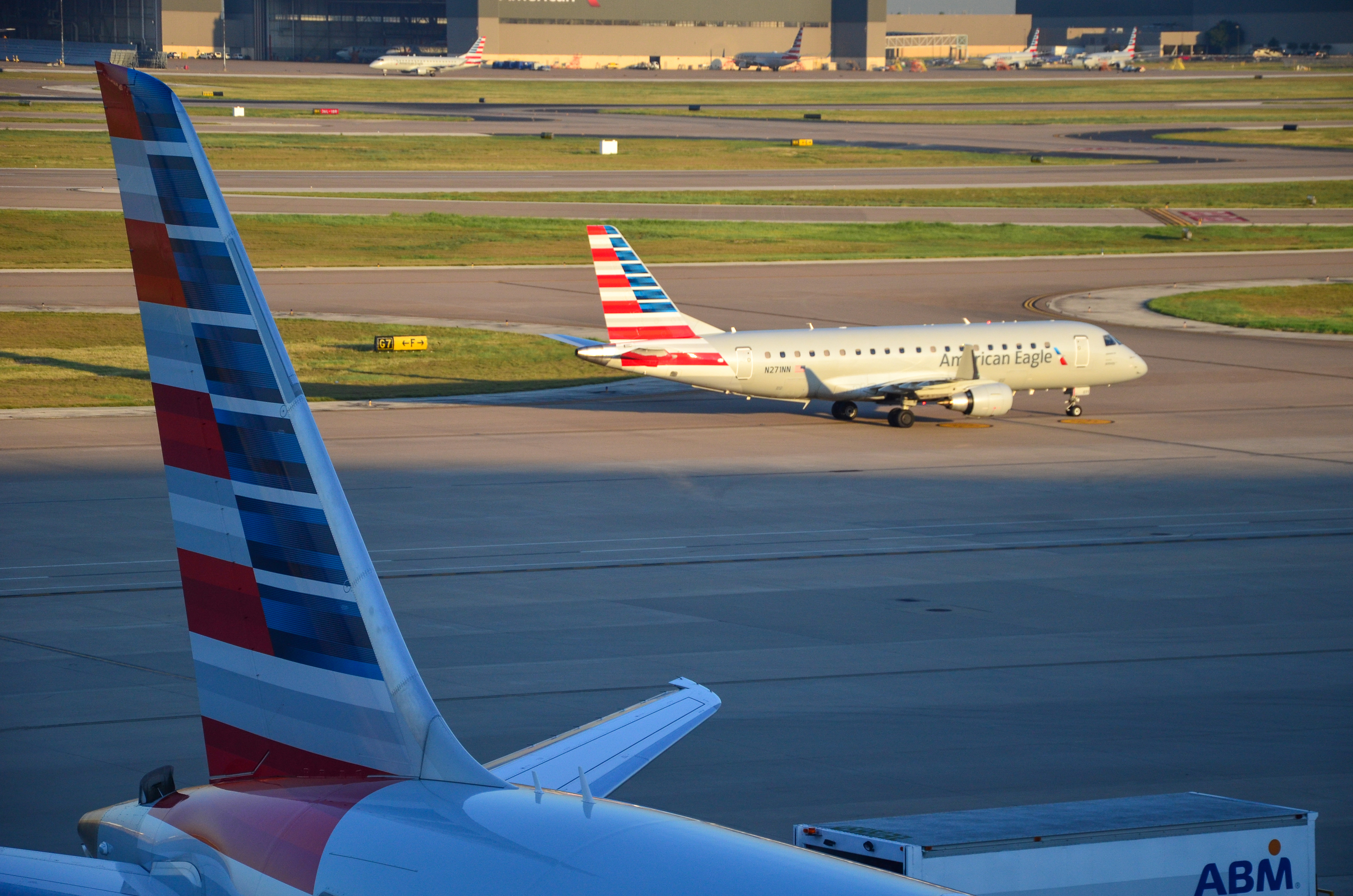Log-in here if you’re already a subscriber
For many Americans, the concept of the pilot shortage began in spring of 2022. As the potential for a post-Omicron variant of COVID-19 summer travel season loomed, would-be passengers first started feeling the pinch of too few pilots.
Flights typically available were no longer, schedules unexpectedly slid, and the few seats remaining found themselves attached to significantly higher fares. Since the first report in this particular series for TAC Analysis, (our overall work on this dates to spring 2020) the pilot shortage has gained national attention – a collection of travel horror stories of canceled flights or being stuck with no alternatives.
Related: The pilot shortage is spreading beyond the regional airlines
In the United States, the Memorial Day holiday weekend saw over 7,000 cancellations, some triggered by weather but all a result of the inability to prepare the complex operation for what would be a very typical kickoff to the summer holiday travel season. This mass cancellation of flights is in addition to an already-reduced air travel system, still providing less than 90% of 2019 capacity.
Since, the number of airlines citing a lack of pilots has grown. American Airlines recently acknowledged 100 regional aircraft were currently parked due to a lack of pilots – aircraft that would be providing the much-needed flights for a traveling public grappling with the combination of record-high fares and cancellations.
In addition to the Memorial Day cancellations, Delta Air Lines has reduced their summer schedule by 100 flights per day, trimming another 3% from its planned flying for which seats had already been sold. Even a traditional source of airline pilots, the U.S. Air Force, is struggling to find aviators, a trend that predates the pandemic.
Related: Impact of the pilot shortage will cascade far beyond empty cockpits
The mad scramble for pilots is well underway, with all large airlines working to staff schedules from a finite number of pilots at the one remaining reliable source, the regional airlines.
U.S. airlines expect to hire 13,000 pilots in 2022 alone, with similar numbers anticipated for 2023. For perspective, the entire U.S. regional airline industry employed only 19,000 at its peak – today, that number is closer to 14,000. Emptying the last remaining pool of pilots will not be sufficient to restaff the industry.
As public pressure on the pilot shortage continues to mount over the coming challenging months, we explore the potential solutions likely to rise as part of the national discourse. Following TAC Analysis’ deep dive into the source of the pilot shortage and the potential for coming disruption, we turn our attention to the possible solutions.
Subscribe to continue reading...Subscribe to Continue Reading
Our award-winning aerospace reporting combines the highest standards of journalism with the level of technical detail and rigor expected by a sophisticated industry audience.
- Exclusive reporting and analysis on the strategy and technology of flying
- Full access to our archive of industry intelligence
- We respect your time; everything we publish earns your attention


